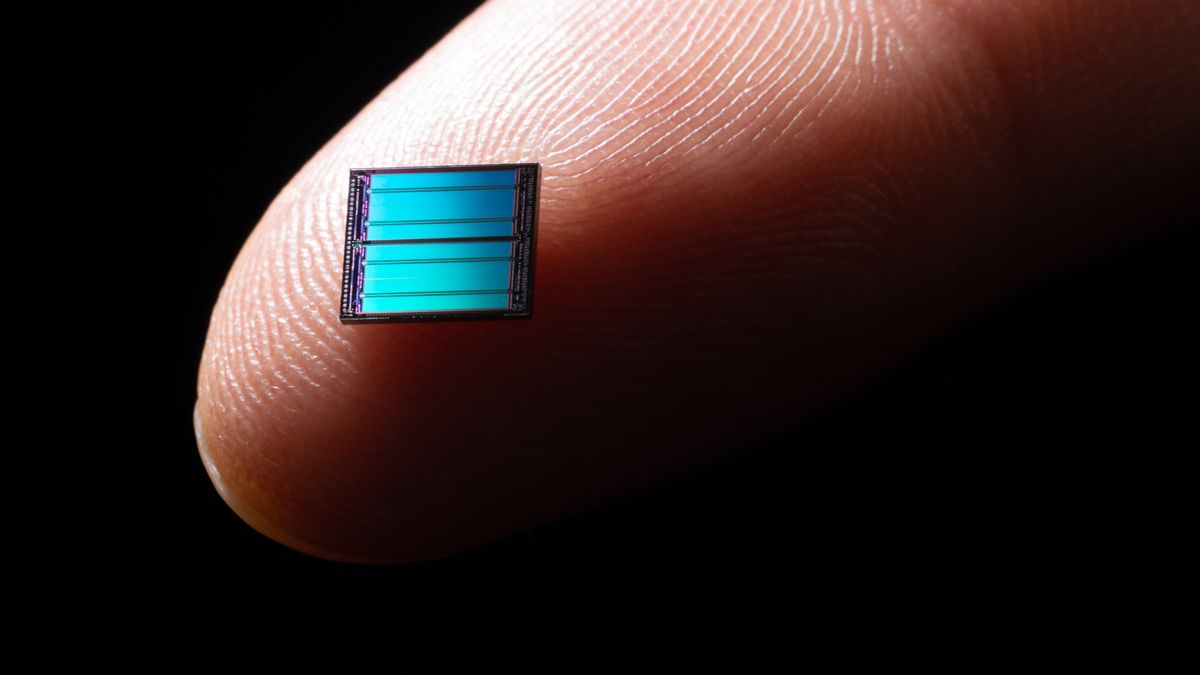Japan is working with the United States in a “bilateral chip technology partnership” in an effort to bolster manufacturing for 2nm chips as early as 2025. The plan is to compete with Taiwan Semiconductor Manufacturing (TSMC) and keep the company from dominating the next-gen chip market even more than it has already.
According to a report from Nikkei (thanks, The Register) companies from both the US and Japan will work together on the research, design, and manufacturing of 2nm chips. These smaller semiconductors will be used in devices such as quantum computers, data centers, and smartphones. The benefit of 2nm over, let’s say, 5nm chips used for the Apple M1 chips is the reduced power consumption along with speedier processing.
The report also says that the size of the chips can “determine the performance of military hardware as well, including fighter jets and missiles. In that light, 2nm chips are directly linked to national security.”
This would give both nations more reason to rely on domestic chip development and production, and provide more control over their supply chain without relying on supply from China, especially during supply shortages.
TSMC is wasting no time on 2nm chip manufacturing as the company is expecting to break ground on a new facility later this year and will start fabricating at 3nm. The world’s largest chip manufacturer is already committed to building a new facility in Japan, although that will only produce 10nm–20nm chips.
Japan is hoping with this cooperation with the United States it can regain its position as a top dog in the global semiconductor market, which has dropped from 50% in 1990 to just around 10% despite the boon in chip manufacturing over the past 30 years.
The report doesn’t state exactly which Japanese or American companies have signed on but it suggests that companies could “jointly establish a new company or Japanese corporations could set up a new manufacturing hub.” The Japanese government will also partially subsidize the cost of research and development for these companies.
Companies like IBM and Intel have announced that they’re currently researching 2nm technology, too. The US and Japan could start work on a facility for 2nm research and manufacturing this summer with production starting in earnest between 2025 and 2027.
<a href=”https://miteinander-lernen.com/windows-11-review/” data-link-merchant=”pcgamer.com”” target=”_blank”>Windows 11 review: What we think of the new OS
<a href=”https://miteinander-lernen.com/how-to-install-windows-11/” data-link-merchant=”pcgamer.com”” data-link-merchant=”pcgamer.com”” target=”_blank”>How to install Windows 11: Safe and secure install
<a href=”https://miteinander-lernen.com/windows-11-release-date-features-specs-pricing/” data-link-merchant=”pcgamer.com”” data-link-merchant=”pcgamer.com”” data-link-merchant=”pcgamer.com”” target=”_blank”>What you need to know before upgrading: Things to note before downloading the latest OS
<a href=”https://miteinander-lernen.com/windows-11-demands-tpm-20-and-heres-what-that-means-for-you/” data-link-merchant=”pcgamer.com”” data-link-merchant=”pcgamer.com”” data-link-merchant=”pcgamer.com”” data-link-merchant=”pcgamer.com”” target=”_blank”>Windows 11 TPM requirements: Microsoft’s strict security policy explained


